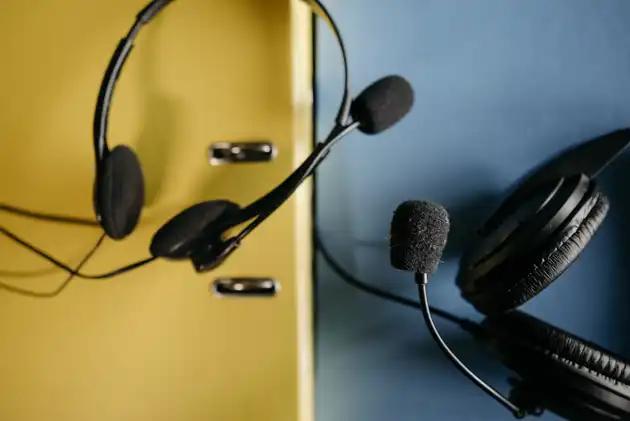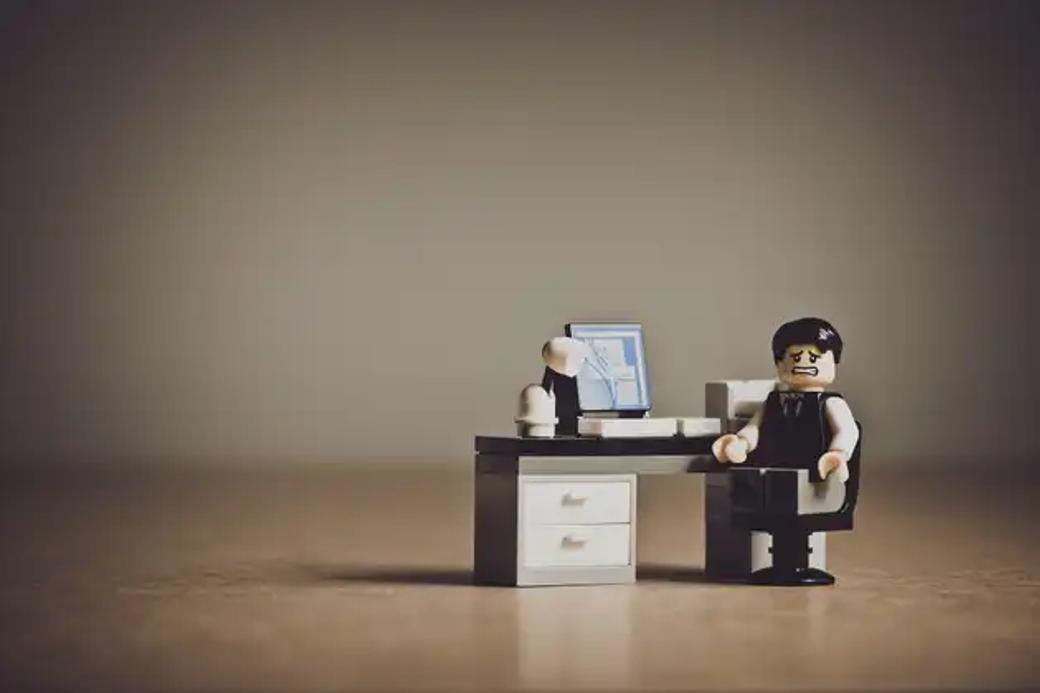2020 changed how we approach work in many industries and contact centers were no exception. About 80% of contact center agents are now working from home. This shift requires a rethinking of many different aspects of contact center life, including how we train.
Nesting, Y-Jacking, Double Jacking, Side-by-Side, Shadowing, Plugging In… no matter your local jargon, direct observation of a contact center agent actually doing the job is an integral part of the agent training experience. Listening to both sides of the conversation is still critical for agents that will support the voice channel.
Once upon a time, we simply walked a new hire class out to the contact center floor, headsets and splitters in hand. As contact centers move away from physical phones and even physical contact centers, providing this experience is not as simple as it used to be.
Of course, there were always some shortcomings of this strategy anyway:
- Finding enough agents to pair up each new hire might be difficult, especially for teams that flex in size seasonally
- Agents taking lunch or break lead to unproductive time for New Hires
- Agents might be spread among different rooms or even different floors
- Even before "Social Distancing" became a household term, not every agent was comfortable with the close proximity required
- Hardware often got lost or broken
- If calls are in queue, agents have no time to debrief
- If calls are NOT in queue, new hires experience limited customer interactions
- Both good habits and BAD habits might be learned
- New Hire experiences were inconsistent based on pairing
Hello! We've been doing it wrong the whole time!
Reap the benefits of direct observation while eliminating these shortcomings with Virtual Y-Jacking. While monitoring agent calls as a Supervisor in NICE inContact is well documented, Virtual Y-Jacking for agents is not and we're here to help.
What you'll need to do this with NICE inContact CXOne:
- Admin access to your NICE inContact platform
- Agent access to screen sharing technology - Teams, Skype, and Adobe Connect are just a few of the dozens of communication platforms that can accomplish this - if you're training virtually, there's a good chance you're already using the appropriate technology
You need to adjust two settings for the agents involved - Team and Security Profile / Role.*
Team
Set up a team specifically for this group - you could call it training or nesting, etc. This allows users to be focused only on the agents within that team. Any agents that you will listen to should be moved into this team for the duration of the session.
Security Profile / Role
Set up a Security Profile or Role that allows access to the Supervisor Console but only to monitor. Assign all agents who need to "plug in" to listen this Security Profile / Role. Agents who are only being listened to need no adjustment. Restrict access to this team using the Restricted Access option within the Role / Security Profile.
* Your interface will vary in appearance and layout depending on the version of NICE inContact you are using, Central or Userhub. Consult with your Technical Account Manager to determine best settings for your account.
Once everything is set up in the ACD, the agent taking the call shares their screen using whatever technology you have in place.
To listen, agents will open the Bento menu (9 dots arranged in a square) in the upper right hand corner of NICE inContact and click on Launch Supervisor. This will launch the Supervisor Console. When the Supervisor Console is active, click Teams and choose the team you set up from the list. All the agents assigned to that team will be visible. When an agent is on a call, you’ll see a purple phone icon to the left of their name – hover to the right of their name until you see the headset (Monitor) icon. Click on it, then connect your agent leg (if you've not already done so) and the resulting audio will be the agent’s call. Neither the agent nor the customer will be able to hear you from your phone.
When the call is over, the trainer can lead a debrief with the entire team and reinforce good habits and address and bad habits exhibited. You can also use the technique for peer coaching during their transition from the training environment to production!
Now that you've solved your Y-Jacking problems before your new hires "hit the floor", take your real-time agent support to the next level with Happitu! Happitu supports your agents by guiding them through every interaction with custom workflows, responsive scripting, and dynamic help topics – it’s like a personal coach for every interaction. Find out how Happitu reduces training time up to 80% and improves your First Call Resolution while reducing handle times today!
Trademark Note: NICE and the NICE logo are trademarks or registered trademarks of NICE Ltd. All other marks are trademarks of their respective owners. For a full list of NICE’s marks, please see: www.nice.com/nice-trademarks.



